KOKUYO DESIGN AWARD 2021
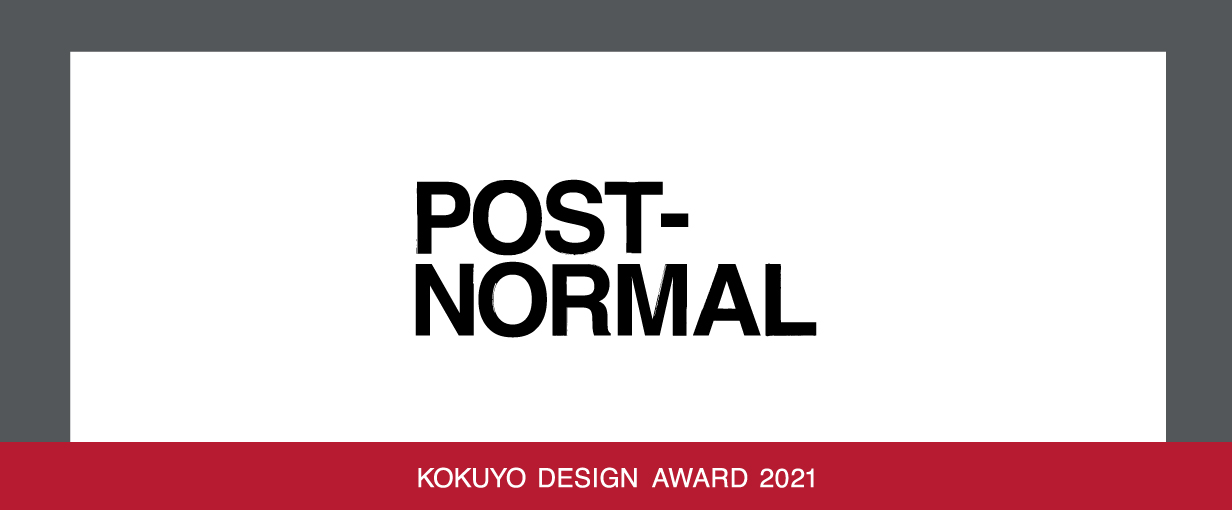
2021 Theme: “POST-NORMAL”
We have received 1,401 works from in and out of Japan (795 from Japan and 606 from overseas).
The 10 designs that passed the first round judging will undergo final judging on March 13, 2021.
One Grand Prix winner and three Merit Award winners have been selected.
Grand Prix
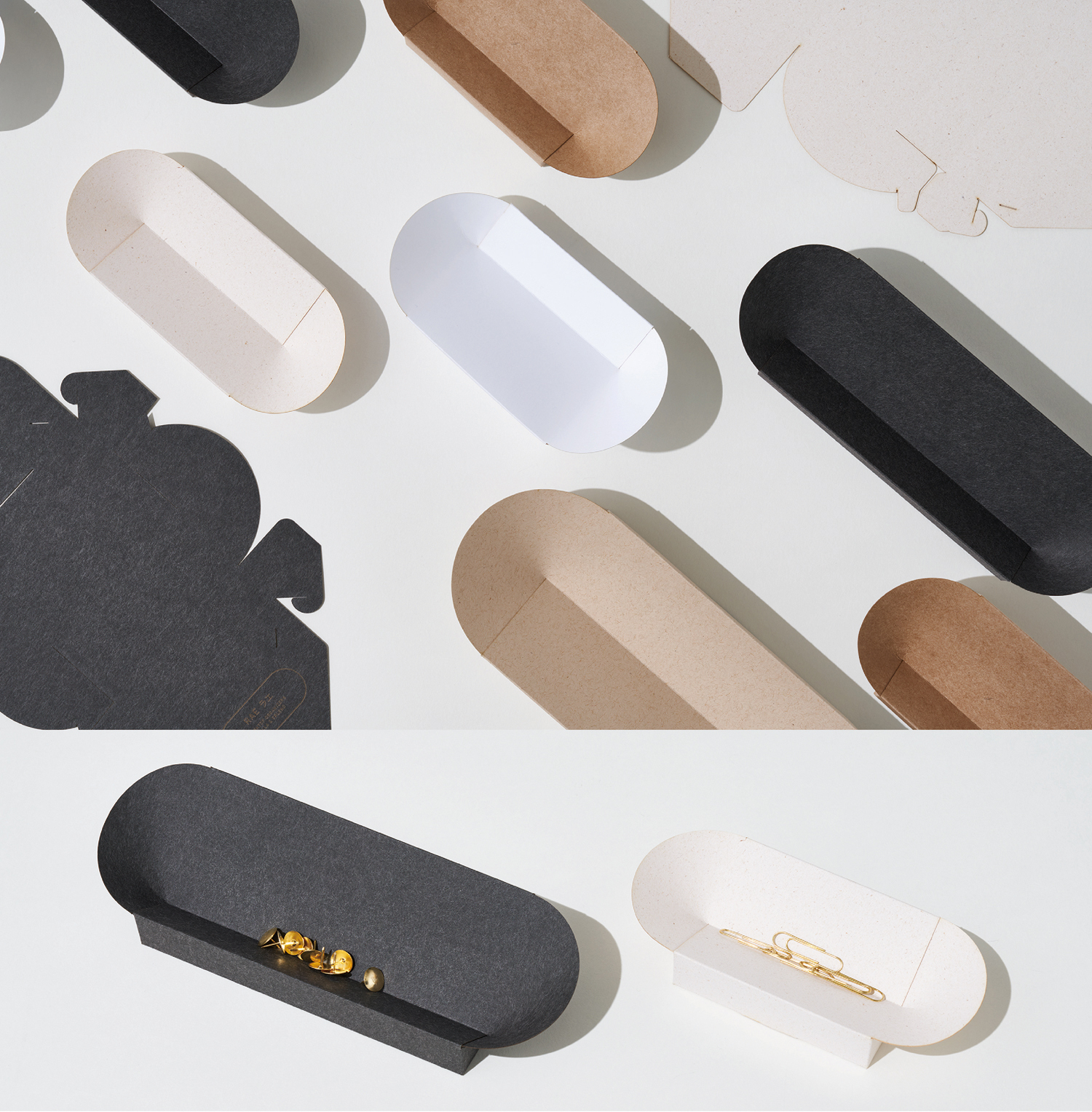
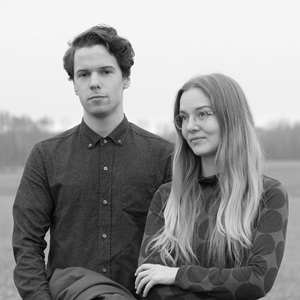
- title
- RAE
- creator
- Milla & Erlend (Milla Eveliina Niskakoski, Erlend Storsul Opdahl)
Description
In 2020, many found themselves in uncertain situations, with new or altered environments for productivity. We designed a set of desktop organisers that will allow people to naturally create a connection to their new work environment, enabling their tools, space and mind to meet in a new context.

→ Work Introduction Video(YouTube) ![]() *English/Japanese Subtitles
*English/Japanese Subtitles

The idea, the design, and the answer to the theme were perfect. I was also impressed by the attention given to the details of the design and presentation video.
Even though the idea of origami is common, the unique structure of creating a box-shaped bottom is fresh and the logo design also has features that's unique to this design. It stretches our imagination and demonstrates possibilities of it being developed into various forms, such as a printed version and ones in different sizes. Rather than stopping at use for desks, it would also be fun to place many of them at hair salons or nail salons.
Ryosuke Uehara
When evaluating the novelty of the idea, the beauty of the design, and the strength for commercial launches, this design fulfilled all of them. It also fitted the theme and is sustainable in terms of materials and distribution. The idea of origami has existed from long ago. But it's not just about folding—it also has a beautiful form. The folding system is also excellent, so I think we can develop it into chairs and furniture by upsizing it.
Masashi Kawamura
Out of 1,401 entries, this design shone through from the beginning. I highly valued its idea, quality, and possibilities to be expanded and developed. It was the design all the judges wanted to "appreciate." Beyond its beautiful shape, I was surprised to know in the final presentation that this idea was inspired by "moving homes," the changes of life. I hope this design will be a proposal for thinking about lifestyles in the future, going beyond borders.
Tsuyoshi Tane
Using paper as a material often makes the actual product appear less well developed than you expected. However, the quality and shape of this design were far more beautiful than I expected. The designers' skills were demonstrated not only in the quality of design, texture, and color, but also in how well developed the design is, which was reached through a repeated process of trial and error to pursue commercial launches. Paper is cheaper than other materials, so it can be delivered to more people. I thought the way of creating new values in materials that were not so special was also fresh.
Teruhiro Yanagihara
When I first saw this entry in the Initial Judging, I didn't think much of it because there are many products out there that you make by folding paper. However, when I actually assembled it, I understood how amazing this work was, realizing how carefully the shape was thought out. It had a sturdy, solid shape and the back side was also clean. It was stable in every aspect, and I felt the possibility of developing it into a variety of things.
Yoshie Watanabe
When I actually assembled it, I found it to be very well thought out. I'd like to give it a commercial launch, and also hope that we can come up with other applications besides the desktop organizer together.
Hidekuni Kuroda
Merit Award
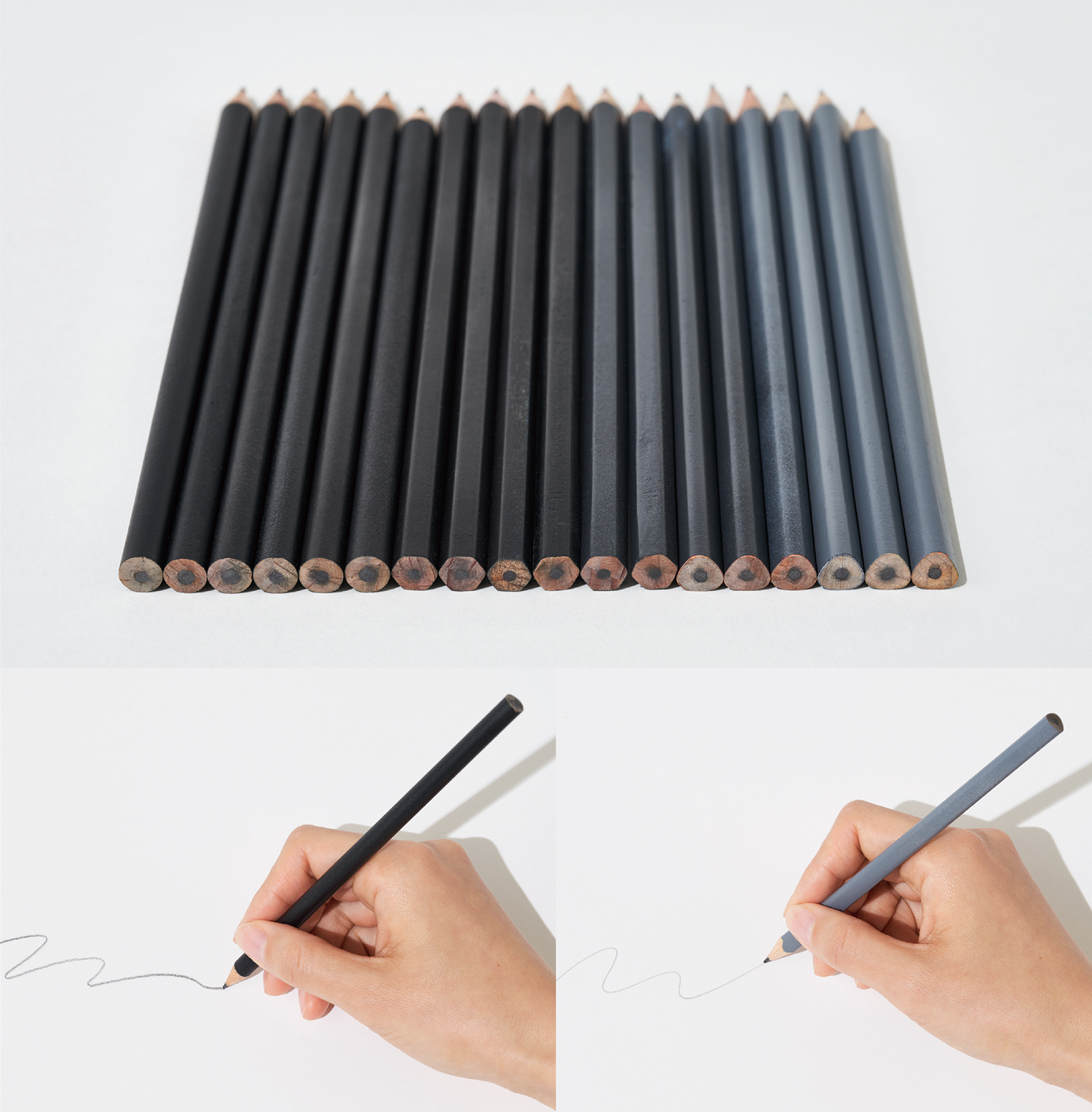
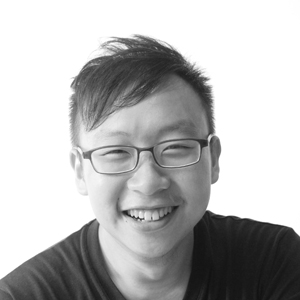
title
Leaden, the sensory pencil collection
creator
Soh YunPing
Description
Humans instinctively understand the properties of objects based on features such as how dark the colors are. These pencils take advantage of that. The hardness and density of the lead are represented by the colors and shapes of the pencils through variations in luster and darkness. This enables people to enjoy using the pencils in more sensory ways. The idea is that everyone can understand the unique properties of objects by feeling them with their hands and looking at them with their eyes.
→ Work Introduction Video(YouTube) ![]() *English/Japanese Subtitles
*English/Japanese Subtitles

I personally like how it's conceptual. It also fitted the theme, so I kept an eye on it from the Initial Judging. Perhaps it'll feel like the pencils will fit right into our hands as we use them. I think it's a fun product for people who enjoy handwriting.
Ryosuke Uehara
It's my second-most liked award-winning work. It's a conceptual design that changes our previous perception of pencils. I also liked that the product itself was giving a message. There's still a room for improvement, so I think it'll be improved through the development with KOKUYO.
Tsuyoshi Tane
It expresses truly subtle variations and the hurdles for turning it into a commercial product seemed high, so at first I thought it would be difficult. But as we went through the judging process, I gradually felt that I want to use it. I'd like to experience how my consciousness toward the hardness and density of the lead would change.
Yoshie Watanabe
We see proposals for pencils frequently, but I liked it because it combined three features: the hardness and density of the lead, and how it's gripped. It'll be very difficult to make 16 kinds of pencils, but if we do make them into a product, we would be able to offer an experience that will appeal to people's sensations.
Hidekuni Kuroda
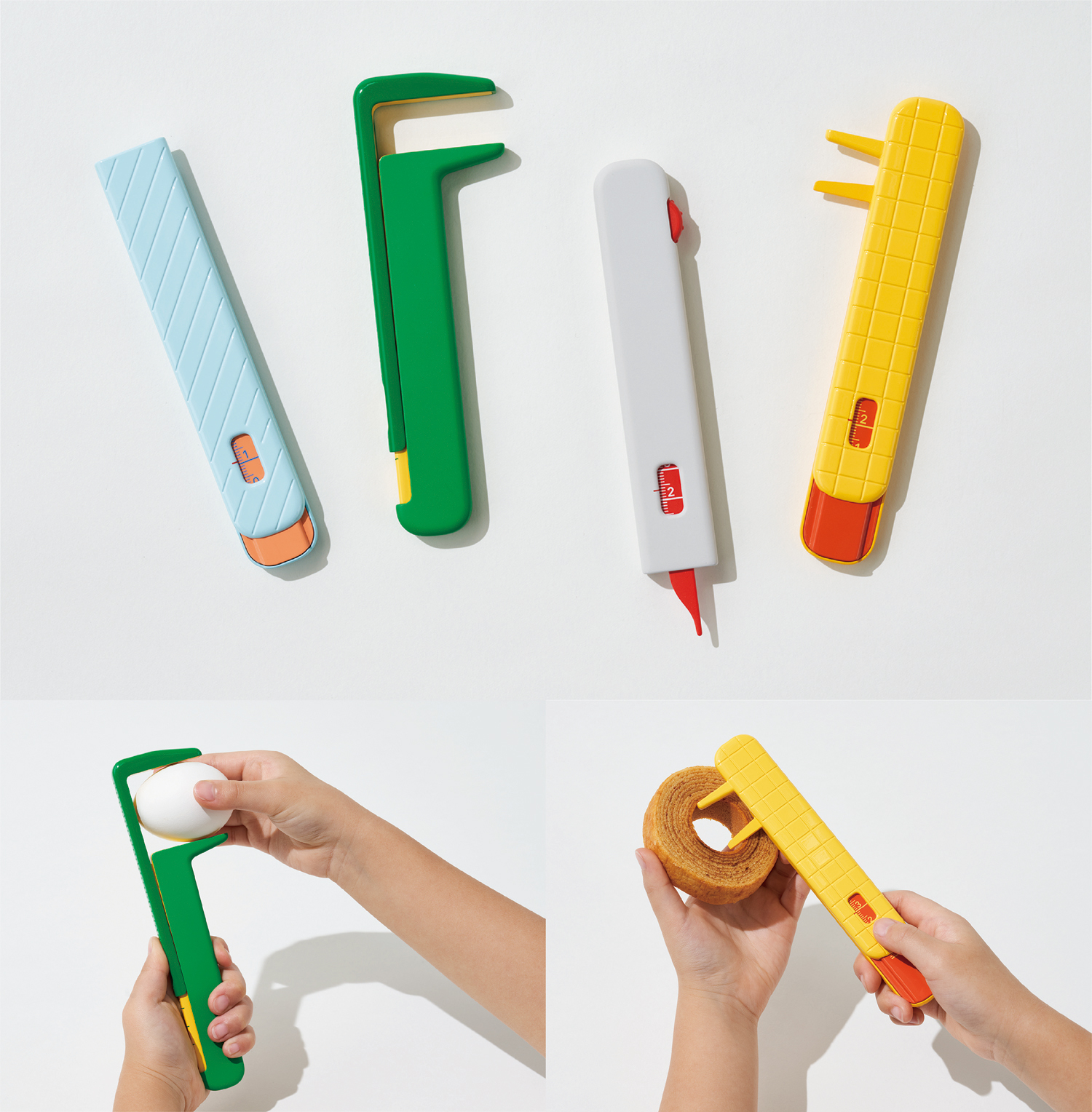
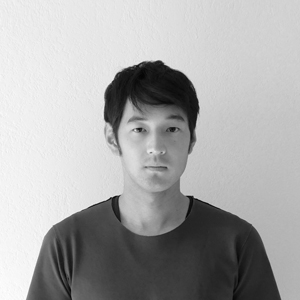
title
Caliper for kids
creator
Koji Yamaura
Description
A Caliper is a measuring tool especially for professionals such as designers, engineers, and architects. However, it has a strong impression as a complicated tool, only suitable for creative specialists. “Caliper for kids” is a stationery product for kids that splits four functions of a caliper in a fun and intuitive way to allow them to approach tools and use them easily. By using a caliper as an extension of learning about circles and spheres, they can get interested not only in the things around them but also in the tools themselves, making the “measuring” more fun.
→ Work Introduction Video(YouTube) ![]() *English/Japanese Subtitles
*English/Japanese Subtitles

Its concept was to motivate people to learn through the act of measuring, and it was realistic. In addition, it's very cute including the details of the design and coloring, making it something you'd want to keep nearby even if you don't use it.
Teruhiro Yanagihara
This entry didn't hit home with me in the Initial Judging. But after knowing that it was targeted for children who learn about circumference and other diagrams, it made sense. I understood the meaning and fun of giving the digital natives hands-on opportunities to experiment when they quantify the world.
Tsuyoshi Tane
The shape was beautiful, but when I first looked at the work, I wasn't sure how you'd use it I think the age range could be much lower, and it could be something you can play with without knowing the concept of measuring. The designer succeeded in breaking down the functions of a caliper and designing tools for each element, so it would've been even better if he could widen his options beyond a caliper.
Masashi Kawamura
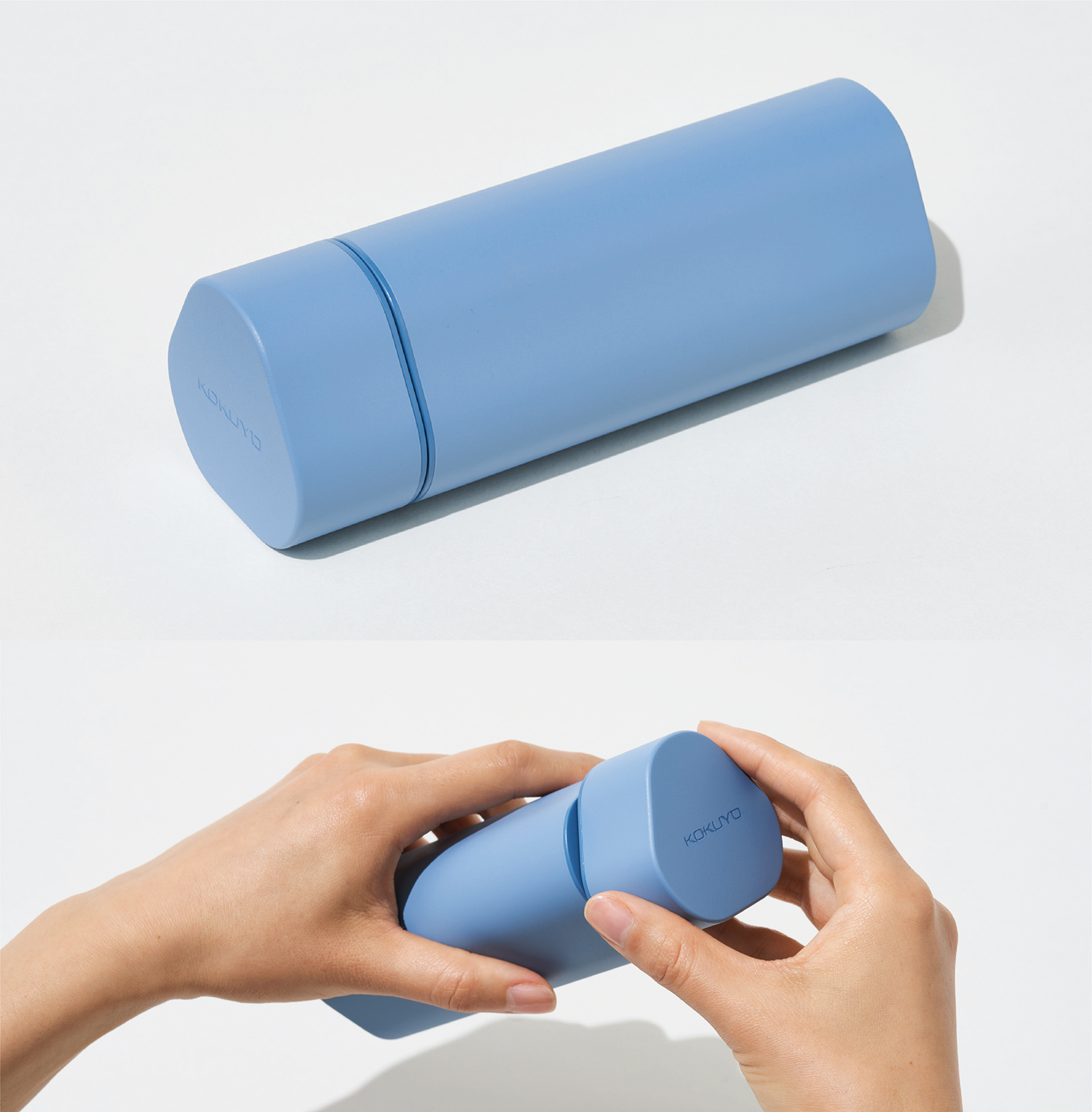
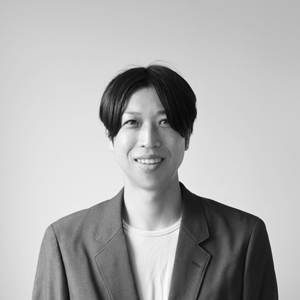
title
Study Partner Bottle
creator
Yasuaki Matsuura
Description
More and more people are using reusable water bottles. In addition to being environmentally friendly, drinking water frequently is also being recommended nowadays to help prevent infection. So it’s now normal for people to keep their own reusable bottle on their desk while studying and working. This design interprets a reusable bottle as a piece of stationery, and aims to provide the optimal form for that. It’s easy to use and won’t fall over or roll around. This new standard will be the perfect partner for how we’re going to learn in the future.
→ Work Introduction Video(YouTube) ![]() *English/Japanese Subtitles
*English/Japanese Subtitles

I think this entry is boring in a good sense. Maybe it could become a very anonymous product. This shape is such a minimal change in the design at first glance, but it's designed to make it easier to use in various settings in your life, and did so in an accomplished way.
Masashi Kawamura
I thought in the Initial Judging that this work was ordinary and boring. But after listening to the presentation for the Final Judging, I thought it was ordinary, but also really nice that the designer paid careful attention to details and designed things that people won't notice, so I evaluated the reality of the design.
Ryosuke Uehara
The designer interpreted a water bottle as a piece of stationery, which was a fresh point of view. Because the presentation and prototype were very polished, I wanted him to challenge himself more as to how he can bring out the originality as a KOKUYO product from his current design.
Tsuyoshi Tane
The concept was easy to understand and also evaluated in terms of marketing. When KOKUYO actually develops it as a product, it seems necessary to consider how we would make the inside of the bottle in particular, including how we would differentiate it from existing products.
Hidekuni Kuroda
Genral comments by the judges
* Judge occupations and titles current as of the time the individual served as judge.
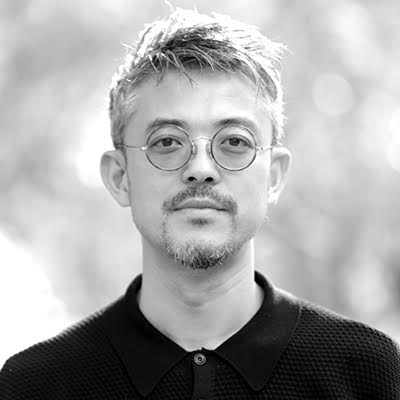

Ryosuke Uehara
CEO, Art Director & Creative Director of KIGI Co.,Ltd.
The level of the KOKUYO DESIGN AWARD has been rising every year, and the scope of the evaluation has been changing from something "physical" to something "abstract" over the past few years. In response to the global change that occurred in 2020, we thought about going back to the roots of AWARD again to rediscover the values of products. That's how we decided this year's theme of "POST-NORMAL." As a result of this, we had a large collection of product ideas that were realistic and interesting. I received a good impression and had a satisfying round of judging.
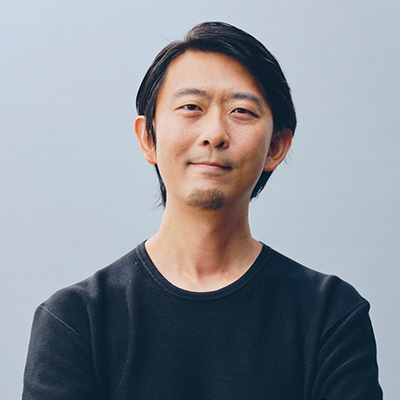

Masashi Kawamura
Chief Creative Officer of Whatever Inc.
I was concerned about the title "POST-NORMAL," because I was worried that we'd get works linked to the "coronavirus pandemic," or "social distancing." But many people thought out ideas considering what must be created after experiencing the post-normal. We'd been calling for designs that "focused on products," so we had a collection of entries with powerful product design. In particular, I was highly amazed by the finalists as they made the giant leap from the Initial Judging to the Final Judging. The designers from overseas won the Grand Prix, and the proposal born out of a context that's different from Japan brought fresh air into the AWARD.
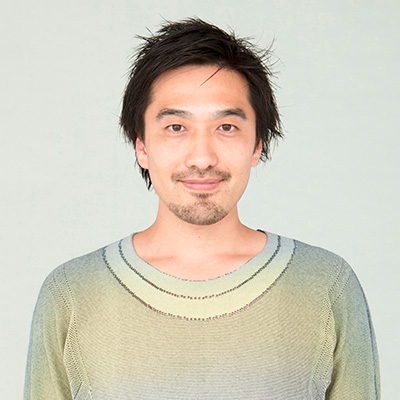

Tsuyoshi Tane
Founder of Atelier Tsuyoshi Tane Architects / Architect
The KOKUYO DESIGN AWARD is a creative competition created from a collaboration of three participants: entrants, judges, and KOKUYO. By setting this year's theme, I wanted to see how we should consider and live in the new normal after experiencing the pandemic, and how entrants would express it as a designer. They answered this year's "abstract" question of POST-NORMAL with "physical" items, and we had a typical competitive design competition. I was able to see the diverse qualities of designers who created products that would reach the hands of many people. It was a very meaningful and enjoyable experience.
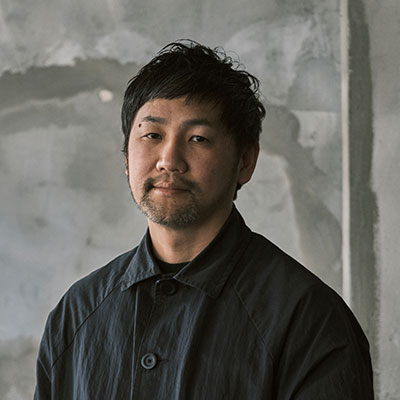

Teruhiro Yanagihara
Designer
I believe "POST-NORMAL" was a difficult theme, but it gave us a great opportunity to reconsider a fundamental concept of what normal was like and think about what was really important as we look towards the future. Each entrant understood the intentions behind the theme and proposed original ideas and designs, so I think the competition was very constructive. Both the winners of the Grand Prix and the Merit Awards evoke the future that the KOKUYO DESIGN AWARD upholds. The entries that didn't win an award also had many great points as proposals of product design and, generally speaking, were of high quality.
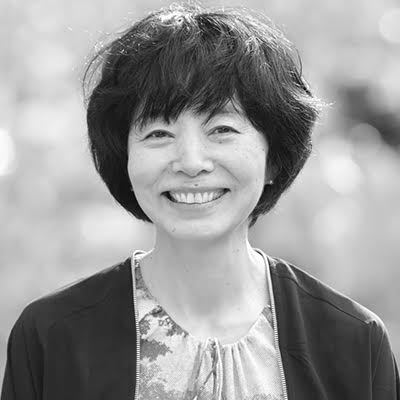

Yoshie Watanabe
Art Director & Designer at KIGI Co.,Ltd.
This was my sixth time as a judge, and we asked the entrants more strongly than ever to create products. All of the finalists presented excellent works and showed us astonishing new perspectives. Some people might've thought that they could have come up with the same ideas too when they saw them. In reality though, those kinds of the things are very hard to pick up on. There are many things like that in the world. Through judging, I felt anew the possibilities of the KOKUYO DESIGN AWARD in which a wide variety of people can participate and the opportunity it gives for many people to look carefully at various things.
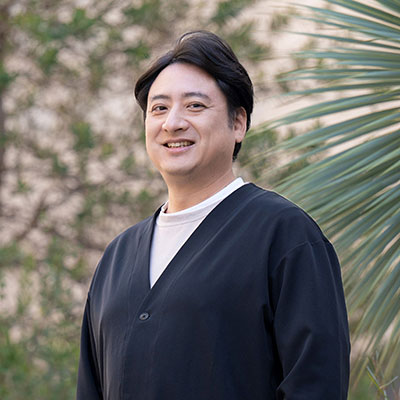

Hidekuni Kuroda
President and CEO of KOKUYO Co., Ltd.
Through the entries presented under the theme of "POST-NORMAL," I once again realized the importance of continuing to take on challenges even in times of uncertainty and difficulty, and it encouraged me. I believe that the organizer's mission is to create opportunities for people to seriously face up to challenges and to come up with new things. I'm also delighted that the design from overseas won the Grand Prix and that we received a large number of great works. This year, KOKUYO announced its long-term-vision to "be Unique," and declared its resolve to become a company that continues to stimulate creativity. I'd like to work toward making this AWARD an exciting event and encourage more people to participate in it.
Final Judging / Winning Design Announcement / Talk Show
Final Judging
Ten finalists met this year’s theme “POST-NORMAL” head on, and gave impassioned presentations.
The judges listened to them earnestly, and judged the entries with three points in mind: how the theme was interpreted,how finished the product designs were, and whether the design could be made into a commercial product.
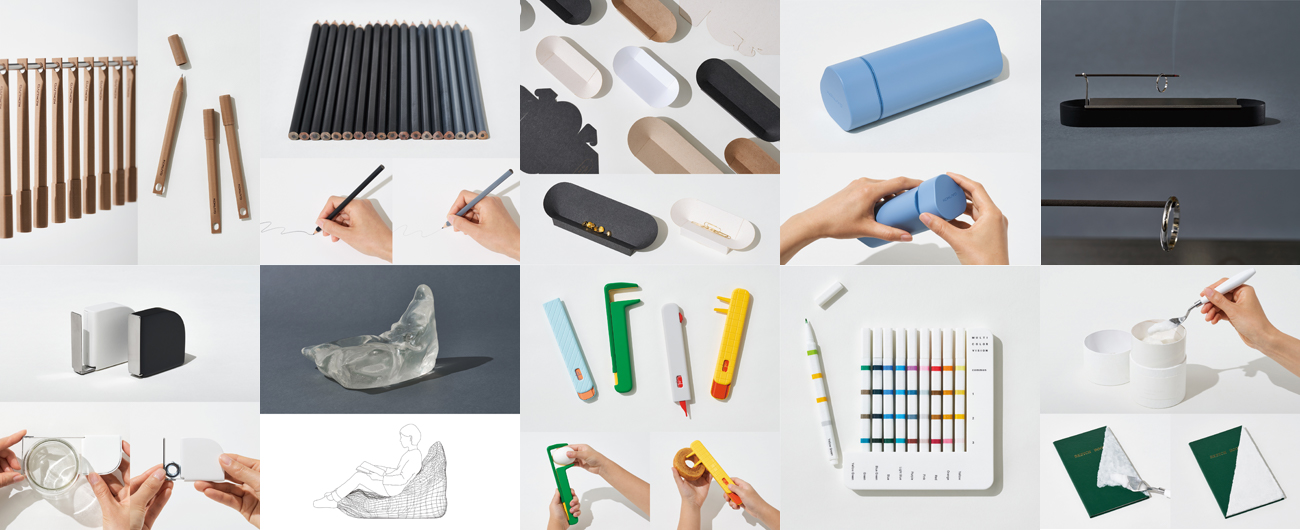
Winning Design Announcement
The KOKUYO DESIGN AWARD 2021 Grand Prix winner is “RAE.”
This year again, owing to the spread of COVID-19, the Final Judging and judges' talk show took place without an audience, and were streamed live online.
In recent years, as the level of the KOKUYO DESIGN AWARD has increased, the competition has begun to receive more works with conceptual designs than those with physical ones.
In light of this, we've decided to go back to its origins as a competition for product designs that include forms and materials as well as ideas and concepts.
























